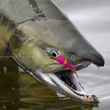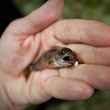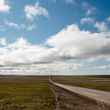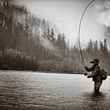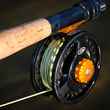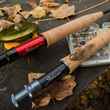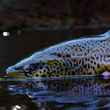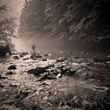On more than one occasion, on guided fishing trips, I've found myself in the boat with another angler that seems to have arrived at the water determined not to listen to our guide. It's never clear why. Maybe the angler thinks he knows better than the guide. Perhaps he simply has a problem with authority. Whatever the case, by the end of the day, it is always abundantly clear that the angler has done little more than sabotage his or her own day. Almost without exception, your guide knows best. For a myriad of reasons, when heading out on a guided trip, being an attentive and compliant angler will not only improve your day but will likely improve your angling as a whole.
Knowledge
Unless you're a local expert on the stream, river or flats you're about to embark upon, your guide spends a ridiculously greater amount of time on said water than you do. The guide knows the riffles and runs, the way minor changes in conditions from day to day affect the fishing, the best tactics for certain spots and times and so on.
Earlier this year, while fishing the Elk River in British Columbia, our guide -- and owner of Fernie's Elk River Guiding Company -- Paul Samycia parked our driftboat in a small, slow back eddy that had formed alongside a torrid run. A long, heavy but relatively shallow riffle above was channeled by the narrowing streambanks where it dropped off a small spillover into a deep pool. The result was a 20 yard stretch of heavy rapids that I'd scarcely have thought to throw a nymph or streamer into, thanks to the ripping flows. As I peered out at the deep, emerald water, Paul handed my rod back to me with a small ant -- probably size 18 -- tied to the end of the line.



